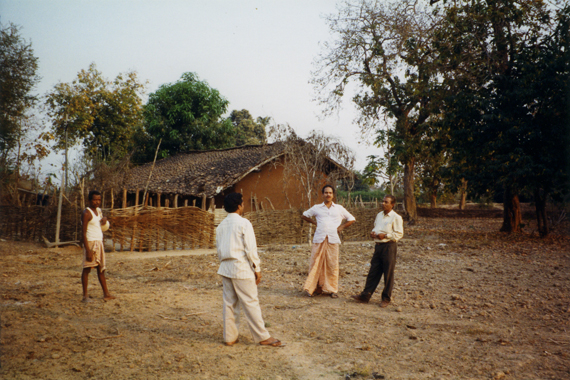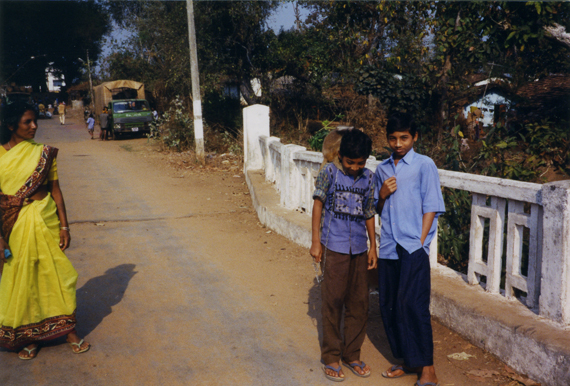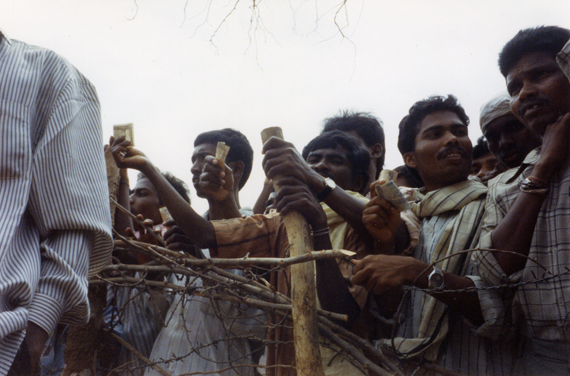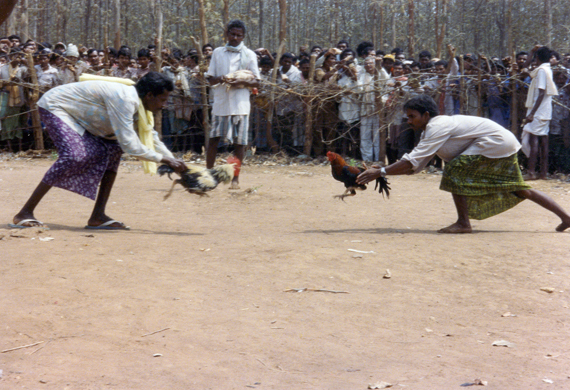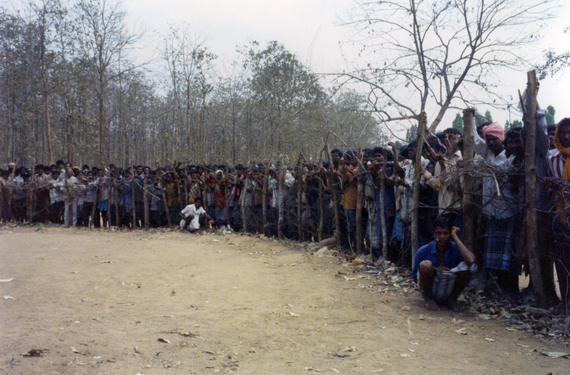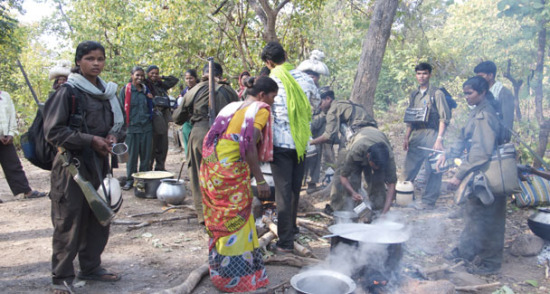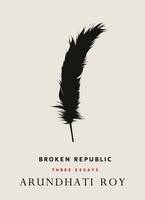
Arundhati Roy has republished her essays on the Maoist struggle in central India (previously discussed
and
) in her new book of essays,
. Of course, like all of her work, these essays follow the logical and poetic implications of the injustices and struggles of indigenous people in India to global and metaphysical levels, providing novel possbilities of understanding and inspiration. I can say without having read the new edition and the third essay it contains that this is a must-read for advocates of indigenous rights, environmentalists, and anti-capitalists of all stripes.
Here is a BBC interview with Arundhati Roy about the book:




